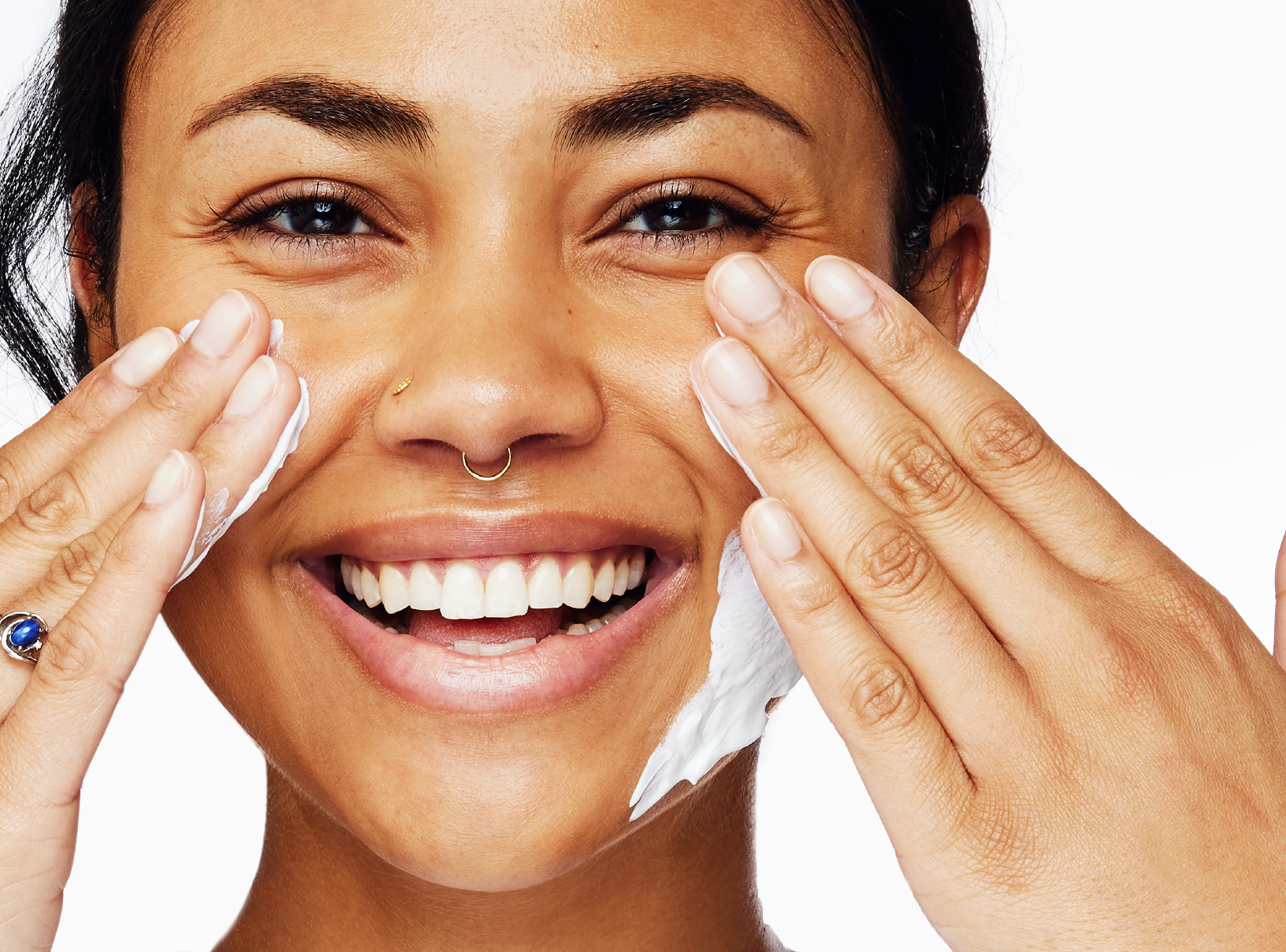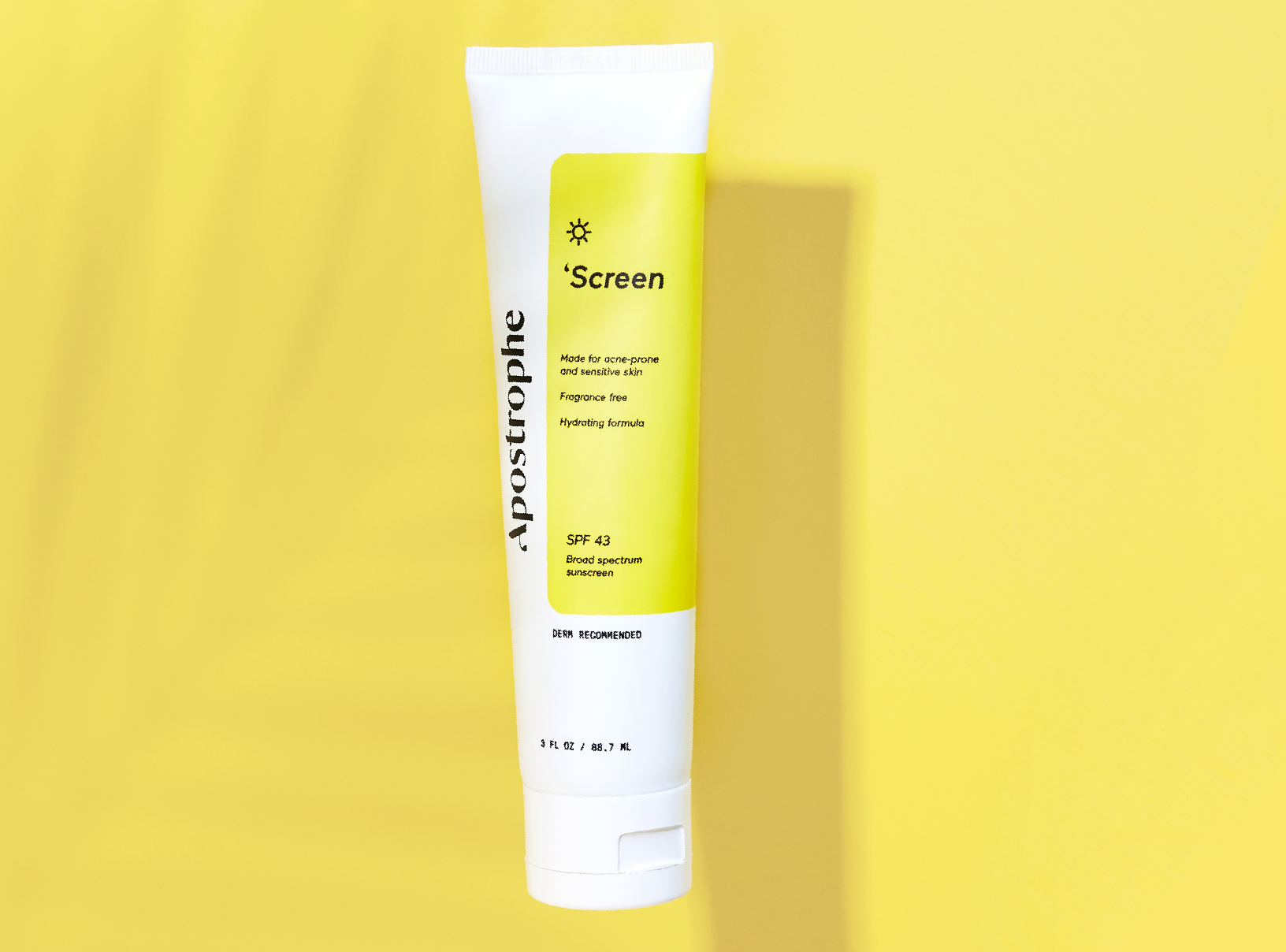Deep Dives
Debunking Sunscreen Myths
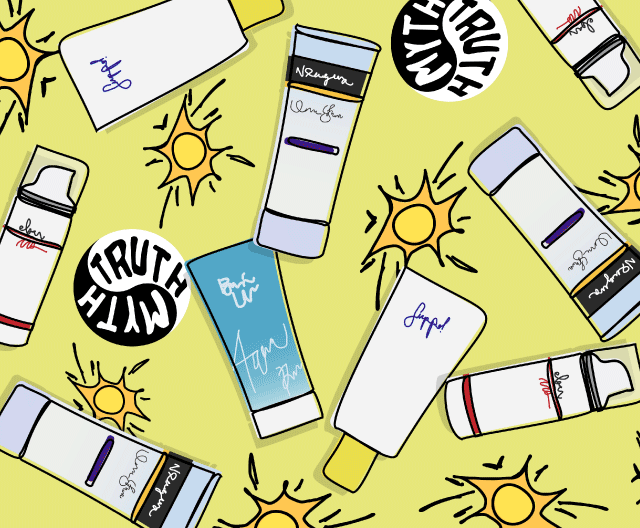
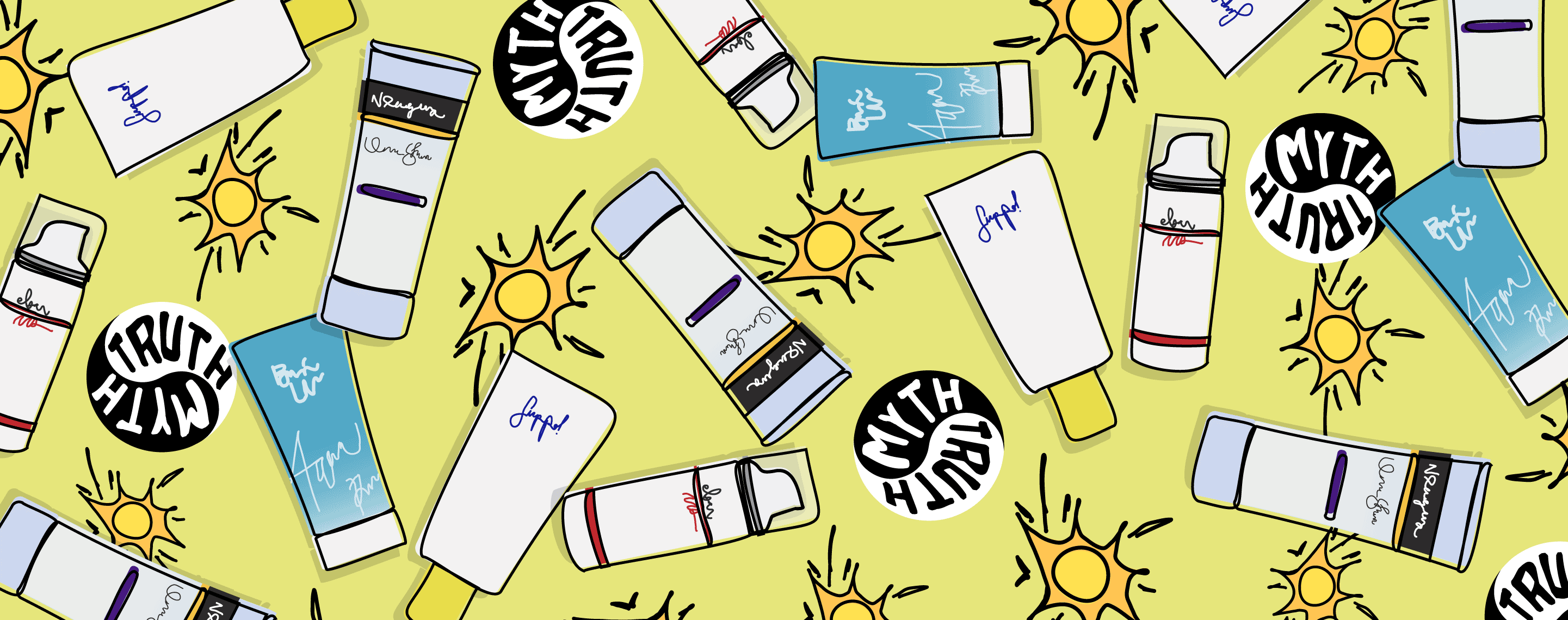
SHARE
Deep Dives
Debunking Sunscreen Myths
Medically reviewed by Aimee Paik, MD
Written by Annie Lam
Last updated 4/4/2022
Sunscreen is arguably the most important step in your skincare routine - and for good reason! Sunscreen helps to protect your skin from UVA and UVB damage that is associated with skin cancer, signs of aging, and hyperpigmentation. Our dermatologists are firm believers of wearing a broad-spectrum SPF 30+ daily. However, there are a lot of common misconceptions when it comes to sunscreen, so today we’re getting to the bottom of them. Let’s debunk some popular sunscreen myths.
1. Moisturizers with SPF don’t provide enough sun protection.
Sunscreens are regulated as drugs by the FDA, so moisturizers with SPF will provide the advertised sun protection if you use the proper amount of product. The main reason why moisturizers with SPF get a bad reputation is because most people don’t apply enough. If you’re using enough product when applying, you’ll be fully protected. Our dermatologists recommend at least ⅓ to ½ a teaspoon of sunscreen for your face, neck and ears.
2. You don’t need to apply sunscreen when it’s cloudy or in winter.
Another common sunscreen myth is that you only need to apply your SPF when it’s sunny. However, the UV index actually has little to do with the temperature, so it’s important to wear your sunscreen regardless of the weather. It is “encouraged to wear sunscreen on cloudy days because UV is still high and conditions can change rapidly.” Our medical director Dr. Aimee Paik recommends sunscreen every day, but when the UV index is high (like on sunny days), it’s important to take additional sun protection measures. Wearing hats and staying in the shade are great ways to maximize protection alongside your sunscreen.
3. My makeup has SPF, so I don’t need a separate sunscreen.
A lot of people say that their sunscreen is “in my makeup”, so they don’t need to apply another sunscreen. And technically, as mentioned earlier, you can get the advertised sun protection - but only if you’re using enough product. The problem is that most people don’t use anywhere close to ½ a teaspoon of foundation, so you won’t be getting the advertised SPF on the bottle. We recommend using a regular sunscreen under your makeup to ensure you’re properly protected. If you're looking for a derm-approved sunscreen, check out 'Screen - Apostrophe's own sunscreen that's specifically formulated for sensitive and acne-prone skin. 😌
According to Dr. Paik, it’s also important to note that you can’t “add” the two SPF’s together. For example, if you have SPF 15 in your moisturizer and SPF 15 in your makeup, it doesn’t equal SPF 30. It still equals SPF 15 if used in proper amounts. If your makeup has sunscreen in it, that can be an added “bonus”, but it shouldn’t be used as your primary source of sun protection.
4. Darker skin tones don’t need to apply sunscreen.
This is another dangerous misconception - everyone needs to be protected from the sun, regardless of skin tone. Many people believe that darker skin tones aren’t susceptible to skin cancer due to the amount of melanin in their skin. While darker skin tones can have a natural SPF of up to 13, it’s not enough protection on its own. Our dermatologists recommend using a sunscreen with at least SPF 30 daily to help protect your skin against skin cancer.
Additionally, “darker skin tones are also more prone to hyperpigmentation (dark spots),” says Dr. Paik. “Good sun protection can prevent this form of sun damage.” So regardless of your skin tone, we recommend finding a sunscreen you love and use it every day!
5. You only need to apply sunscreen once a day.
Many believe that you can apply your sunscreen once and be fully protected for the day, but that’s not the case. Sunscreen breaks down as it absorbs UV light, so it’s really important to reapply sunscreenrophe.com/slather/reapply-sunscreen/ regularly when outdoors to keep your skin protected. Most sunscreens will last about 2 hours, depending on lifestyle factors (sweating, rubbing off, time outside, etc.). It’s especially important to be diligent with reapplying when you’re outdoors or doing activities like swimming or working out. You can use quick options like sunscreen powders, sprays, and sticks to reapply on the go! Our dermatologists recommend reapplying your sunscreen every 2 hours when outdoors to ensure you’re properly protected.
And there you have it! Our take on some popular sunscreen misconceptions. We recommend being diligent with your sunscreen, taking proper sun protection measures, and remember to apply at least a ⅓ to ½ teaspoon daily and reapply regularly. Your skin will thank you for it. ☀️
Shop this post

'Screen
Like what you just read? Sign up for our email list to get the scoop on skincare science delivered straight to your inbox.

Education
What is milia?
What is milia? Today, we’re jumping into one type of bump that you may have heard about most commonly in infants — milia.
Read More
Education
Best moisturizer for acne-prone skin
If you have combination acne-prone skin, figuring out which moisturizer is best for your skin might be tough. In this guide, we break down the best moisturizer for combination, acne-prone skin.
Read More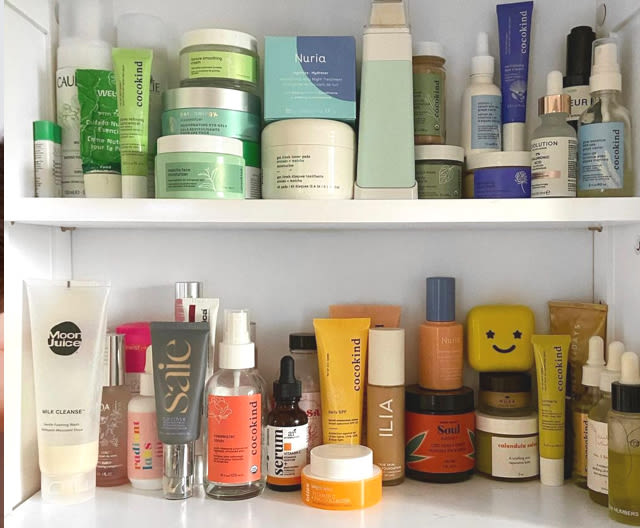
Education
How to build a face care routine
As you get into skincare, it might seem overwhelming, especially trying to figure out the order you're supposed to apply products in. Below, we detail how to build a face care routine for your skin!
Read More